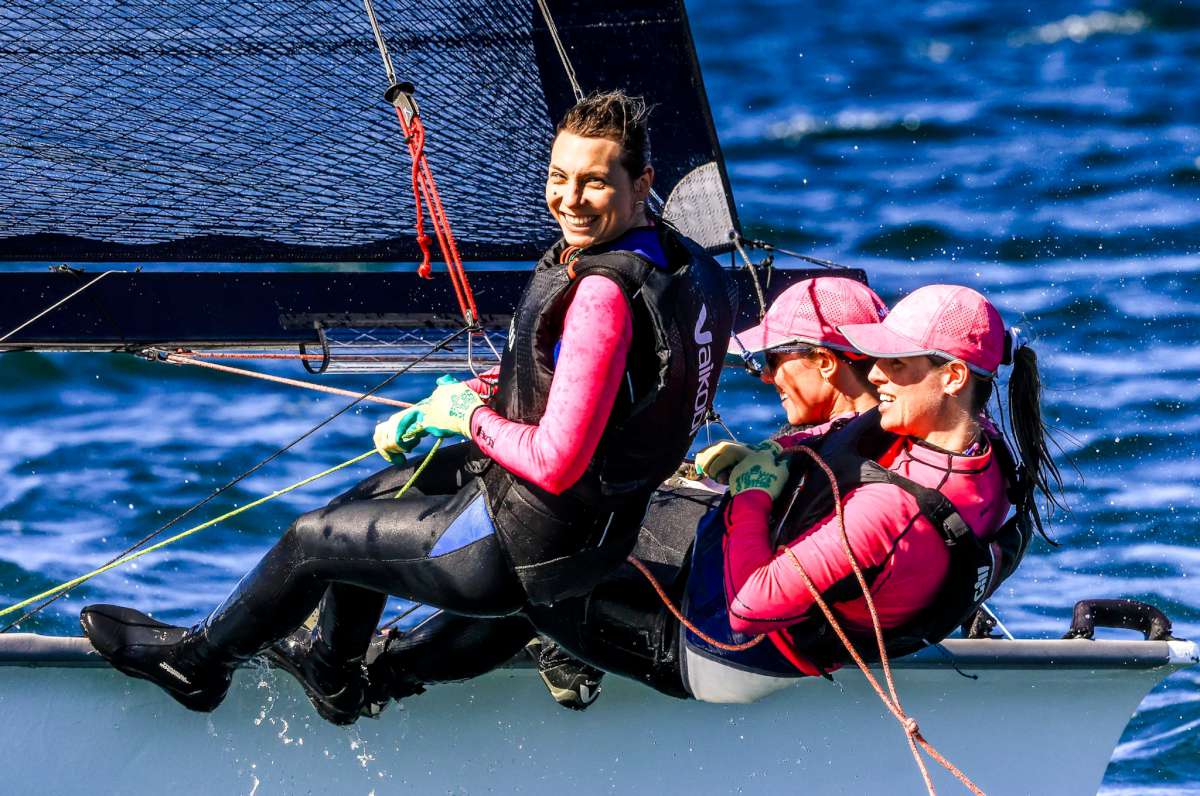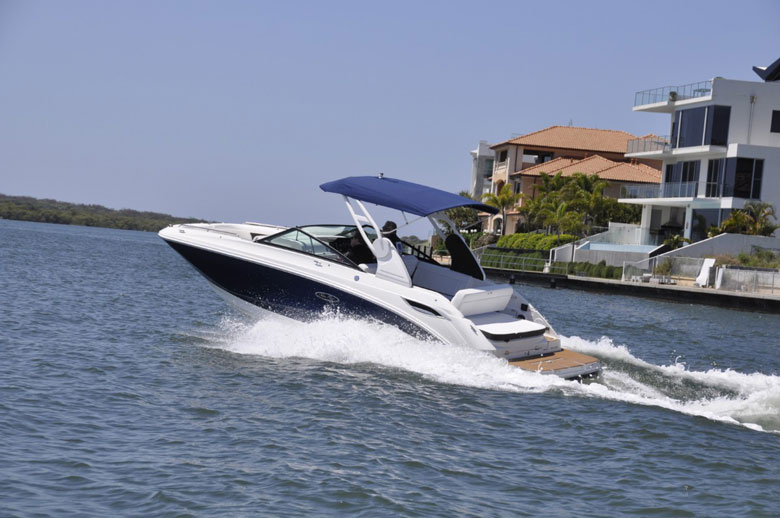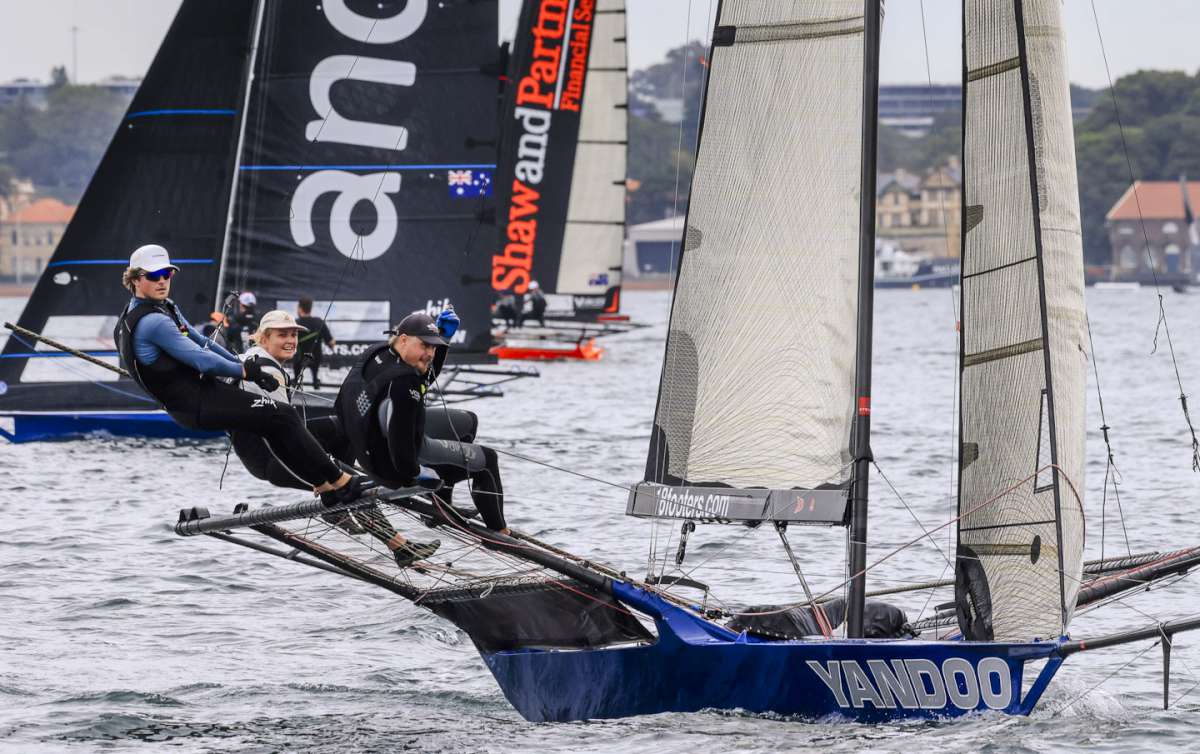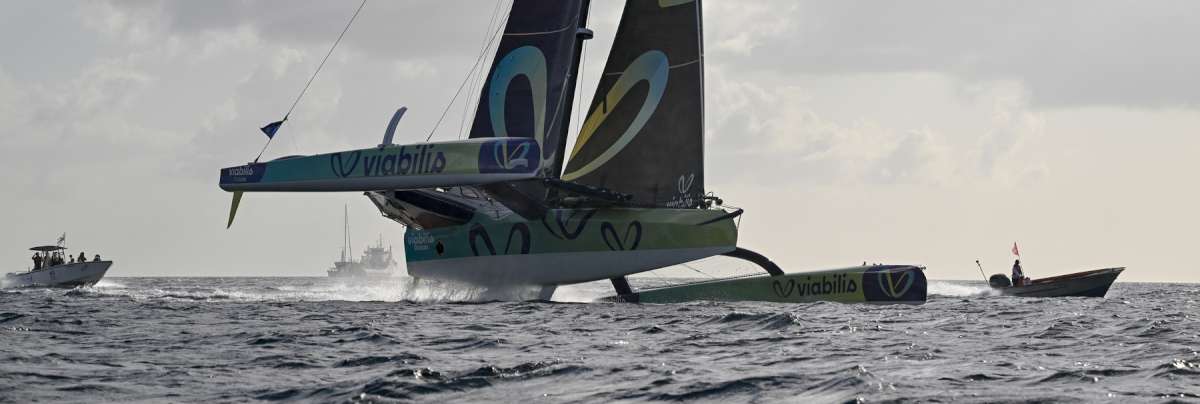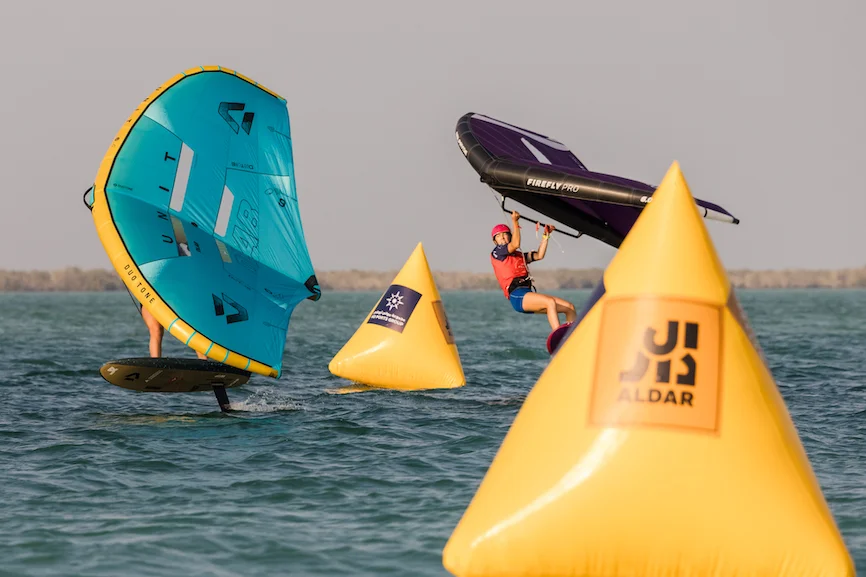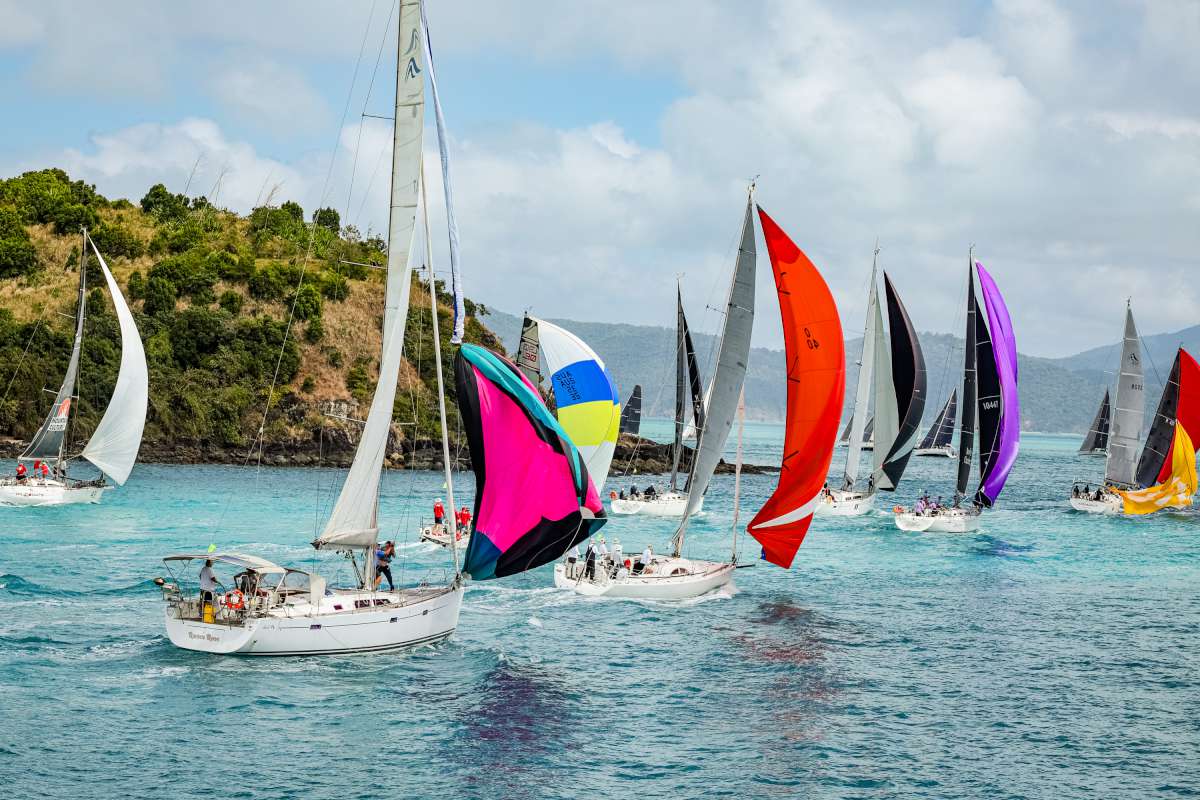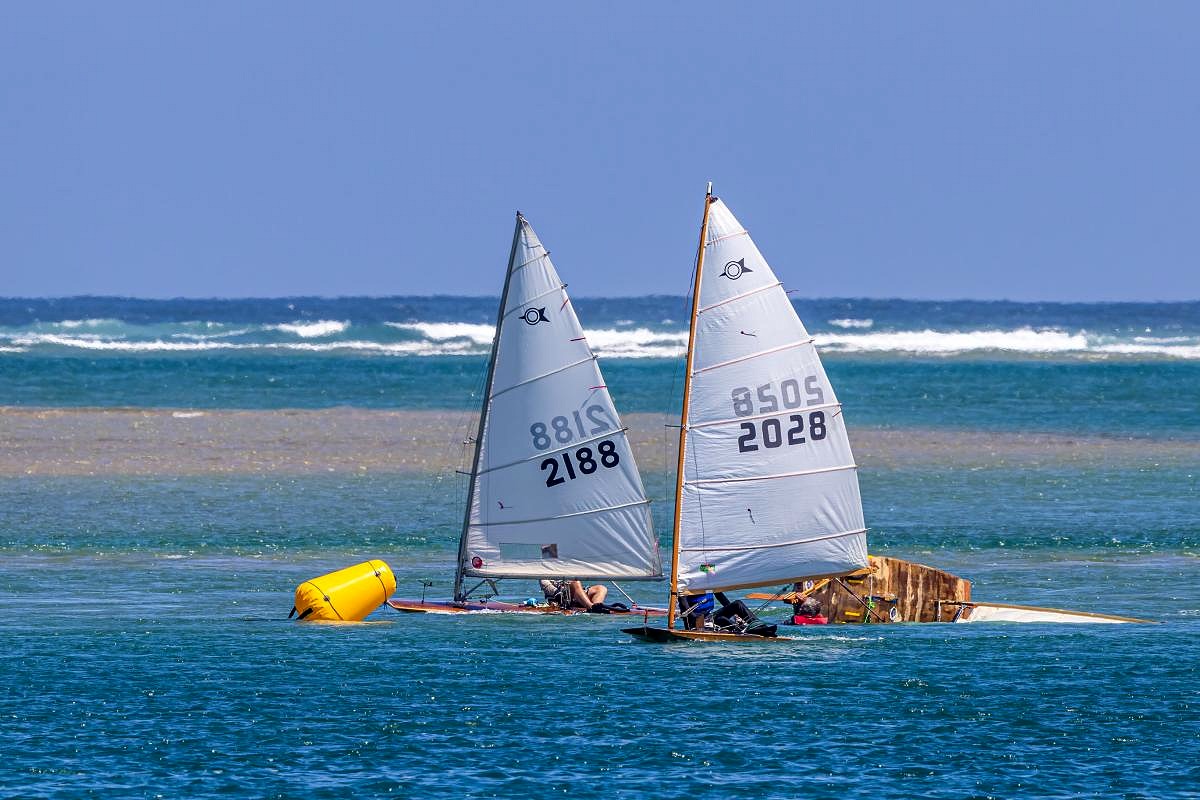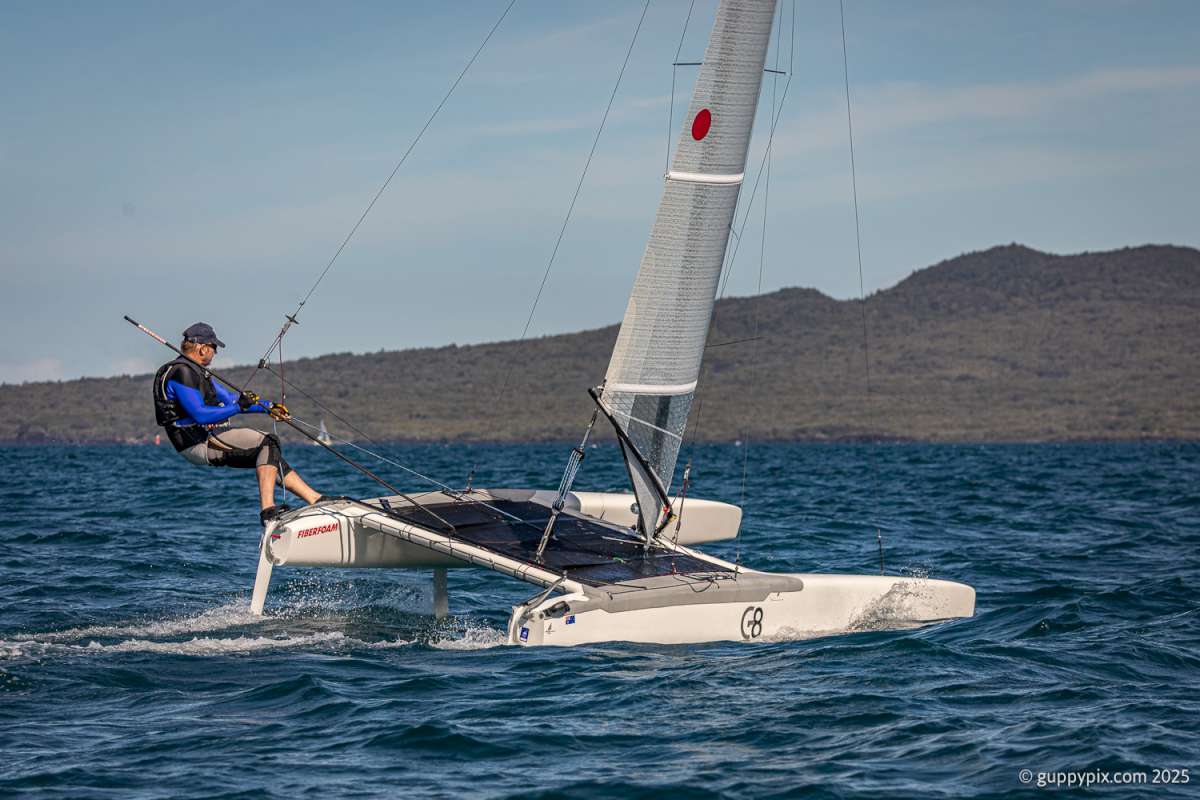When sitting around a cruisers’ campfire the mere mention of grab bags can certainly be one way to start a conversation.
My grab bag was inherited from the previous yacht owner. Before moving my boat to its new home port I went through the contents of the grab bag. I was astounded at the things I found, some were good but other bits and pieces were taking up precious space that could have been used more logically.
So, once I worked out what was needed, it was a quick trip to the chandler to replace the expired items and get some good basic emergency equipment. Later, while planning our first trip up the coast, I went through the bag again and cleaned out more of the things that in my mind were taking up valuable space.
While I thought I had the basics well in hand I decided to canvas some more opinions and started to ask around. In the process I got a good insight into what others had.
I have found items included in different bags vary between cruising areas. Most people have their own ideas of what should be included, alongside what is influenced by the climate of the area they have cruised in.
The reality is that everyone really should have a basic grab bag no matter what your vessel size.
Boat owners have a legal obligation to have a specified level of safety equipment on board before leaving. If this equipment is stored in a grab bag it becomes easier to access in an emergency.
In recent years I remember boating safety advertisements on the radio giving details of fishermen being overturned by a rogue wave while at anchor. As mentioned in the ad. they were able to dive under the upturned boat and get the emergency bag. This would not have been as easy if the contents were spread around the vessel in pockets and under bunks.
You need to quickly get what you can to increase your chances of survival; you then need to summon help while trying to increase your target size for the different methods of search and rescue.
While it is all well and good to talk about the grab bag contents, the bag is at the end of a long list of preparations.
Depending on the passage, these preparations should have started weeks earlier.
Preparations for a cruise should start with a crew briefing discussing the cruise plan, proposed route and backup route and also address crew allocations and the roles the crew will take during any emergency.
For example, allocations will dictate who will launch the liferaft with a backup crew member if the primary person is injured. The emergency plan will list who gets the grab bag, again with back up. Others will be allocated to get additional water, food, blankets etc.
During the briefing crew should look over the contents of the grab bag and be told how to use the equipment. I think we all have heard of crew not knowing how things work properly.
As an example a rescue in recent times had a slow response due to the crew not knowing the EPIRB needs to be in the water to transmit properly. They kept it nice and dry in the liferaft thinking they were doing the right thing. Note: some EPIRBs do not need to be in the water, read the instructions for each unit.
Before going offshore try and run through some emergency drills.
You need to look over your grab bag regularly but I am not saying to check it before every short trip across the bay. If you do not travel far, or only do the odd overnight or day sails, then you should only need to check the contents at the beginning of every season. But and there is a but, you need to look after your grab bag. Common sense will allow you to realise how to look after what can be an expensive kit and do not subject it to rough storage or leave it sloshing around in a wet locker.
To help control the expiry dates of grab bag contents I make up a laminated sheet and attach it to the outside of the bag or flare canister. The sheet lists the bag contents and the expiry dates of packed items.
Should the flares or other contents need replacement before the end of the season I know to pick up replacements next time I am at the chandlery.
Of course the next thing to do after buying replacement flares is to remove the old ones from the vessel and send them for safe disposal. If you do not remove them from the boat you do run the risk of being fined if stopped by the authorities for a safety gear inspection.
While we hear of people being fined for keeping old flares in addition to in-date units, it must be kept in mind things have a use-by date for a reason and old flares can be a hazard. There is no guarantee these old flares will work, or perhaps even worse, they malfunction and become another hazard in an already stressful situation.
What if you or one of the crew grab the old ones, which are indiscernible from new ones except for the expiry
date in small print, then watch it burn a hole in the life raft? Then you are then in even more trouble!
Make another copy of the check list I mentioned earlier and file it away as part of your vessel safety plan. This list can be given to crew members so they can check the contents easily and bring to the skipper’s attention any concerns about the contents.
Talking about emergencies, of the boating people you know, how many have taken the time to talk about an emergency plan?
While the task of putting together a plan looks daunting it does not need to be. Most of us think about our own safety and that of our crew and have action plans in our heads. We know how we would like to see things go if it all goes pear-shaped.
We need to get an experienced opinion out there, if we do not share that knowledge it is useless in an emergency. Crew members may not do the things you made a high priority.
Write your plan in small chunks starting with a basic plan of job allocations including a muster list, they are important and you can fill in other details as you go along. Once you have a basic plan the next thing to do is test it out and see what works and what does not.
Discussion amongst the crew should work through any problem; the goal is to have a robust plan that will have a positive outcome even if there are unforseen difficulties.
Coming back to the contents of the grab bag, this is a collaboration of people’s thoughts.
I have listed items that have come up most in conversations and by also examining commercial grab bag contents.
Some items listed may appear to be an overkill, it is a case of setting up a bag that is right for you and your intended area of operation.
While not a lot of us have satellite phones, if I had one it may not be stored in the grab bag and this would have to be addressed in the abandon ship plan. The same may be said for emergency food and water, people I have talked to say the primary bag should hold some emergency rations but a secondary bag would be necessary for extended survival time.
While it is true that in a survival situation food and water are major survival items and while it may be easy to carry extra cans of food into the liferaft or perhaps you catch a fish, digesting the canned food or fish will require extra water. So, if you have not been able to collect a lot of rain water and are carefully rationing, be aware of what you are eating. Survival food for life rafts is specially formulated not to require a lot of extra water for digestion.
The grab bag contents list has been broken into three areas. The reality is that the three areas could have been broken into sub-sections but I did not think that would be necessary. For example, the signals could be categorised as items to get the message out that something has gone wrong and we need help. The next is items to increase your target size for those out searching for you and then the next items to fine tune you as a target and then local communications, once searches are in close proximity.
We have listed a GPS enabled EPIRB, it has an accuracy of 120 metres. A non-GPS EPIRB has a locator accuracy of five kilometres. While 5kms does not sound like much when we are sitting at anchor in good weather, in a SAR situation it certainly adds a level of uncertainty about being located quickly.
An important factor to keep in mind is a reduction of the time it takes to acquire the location the beacon is transmitting from. Orbiting satellites calculate the position if there is no GPS. These orbiting satellites take 90 minutes on average to receive the signal but it has been known to take up to five hours depending on the conditions. Without GPS more information is needed to determine the real location. Usually this is at least two satellite passes to get the required information to calculate the location.
While researching for my own EPIRB upgrade I was shocked to find some units do not update the GPS coordinates regularly. If you have a GPS-enabled EPIRB or are in the market for a new one, check the update rate (the number of times the GPS position is output). It may be time to retire the old unit or make a better purchasing decision.
No sense spending the extra money thinking this will narrow the search area down only to find after the fact your location update was so minimal you only had the same position accuracy as a standard EPIRB.
The other thing that can render an EPIRB useless is if it is not registered, this is an important step after purchase. These important details are needed by the search and rescue to make decisions on how to best go about coordinating a rescue.
While talking about communication electronics, there are a lot of handheld VHF radios that are marketed as waterproof. While the cases maybe water tight what I have seen lead to failure on numerous times is the charging connection points on the bottom or back of the battery pack. If these become immersed in seawater they short out and discharge the battery. Or worse, they cause an electrolysis reaction that erodes the contacts enough leading to total failure.
The point I am trying to make is it is best to get a waterproof bag for your VHF and handheld GPS and store them in the grab bag in these packs.
Another important consideration is to get a handheld radio and GPS that can take alkaline batteries. This way if the batteries do go flat you can change them; rechargeable battery packs do not have the ability to maintain the level of charge alkaline batteries can when in storage.
Trying to find the bag to use will be a personal choice. There are a range of bags out there, some are dry bags and others will stay dry for a short time but if left to float around will become water logged.
Keep in mind if you are getting into a raft there is still no guarantee the contents of your bag will stay dry. So minimise the problem and pack things that need to be kept dry in bags or sacks that will keep the water out even when submerged in water.
When setting up your bag give some thought on how to keep things together if you are in the water and need to open the bag. For example, to get a radio or flare you do not want the contents spilling out and being swept away before you have time to use them.
Those items that do not need to be kept dry can be put into mesh bags attached by lanyard to the main bag. The main bag should also have a lanyard attaching to a person, if in the water, or the liferaft. Other attachment points can also be used to keep people in the water tethered together.
The bag itself
You could make your own but commercially available abandon ship bags and pods are relatively inexpensive and usually the best way to ensure the bag has the right features.
Positive flotation: you might drop it into the water while scrambling to the liferaft. Most commercial models have flexible foam sewn into the sides, top, and bottom to provide both flotation and padding. Air trapped in sealed gear bags inside also adds flotation; be careful however this may not be enough to keep the bag afloat.
Weigh the gear you are putting in the bag then test the bag will float with that weight.
Water resistant: the bag need not be totally waterproof because items inside can be put in sealed pouches and bags. Water resistant will help because you do not want it to immediately fill with water making it hard to handle.
Visibility: most grab bags or pods are yellow or international orange. You can improve night time visibility by attaching water activated PFD lights as well as glow in the dark or reflector strips. Reflector strips will reflect in a torch beam and can also aid in a night time search and rescue.
Sufficient size: be sure your bag is large enough to hold everything you plan to include. The more crew you have the bigger bag you will need; for example you need a lot of space just for water. But do not let the bag become so large it becomes hard to handle.
Sturdy carry and attachment points: you need to be able to carry it easily. In storm conditions you should also be able to easily tie or clip a strong lanyard to the attachment points before transporting it off the boat.
Clearly labelled and stowed: you know that bag next to the companion way is for abandoning ship, but everyone else on board must know too because you will likely be busy if your boat is going down.
In conclusion
Remember that you step up into the liferaft if you need to abandon ship.
Stay on the boat unless it is really, truly sinking or on fire. In recent times many boats have been found floating after the storm, abandoned by panicked or seasick sailors. If you are frightened and seasick just wait till you get in that raft: seasickness does not get any better in a raft!
You are safer on your boat, even if it is half full of water, than in a life raft or dinghy in open water. It is also much easier for rescuers to find you.
If your vessel is half full of water or upside down, you are more than likely to still have untainted water in the tanks; the gas stove may still be able to work and, most likely, there is better protection from the elements.
Think safety.





